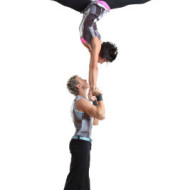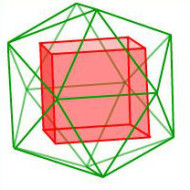
It takes a special event to awaken us to the awesome variety and potential perfection of human effort. A virtuoso performance on the musical saw did so for me.
A recent concert by the Colorado Symphony included the “Habanera” from the opera “Carmen,” in which the well-known aria (usually sung by a soprano) was performed by soloist Caroline McCaskey on a saw. By holding the handle of the saw between her knees, bending the blunt metal tip with her left hand, and bowing the straight edge, she was able to replicate the tones of the human voice.… Read More









